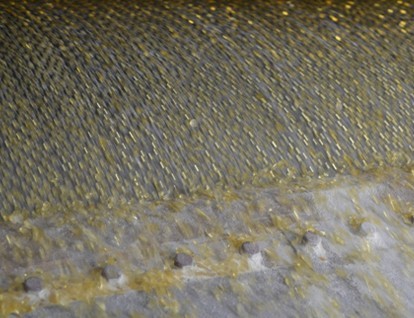Tackifier resin is an additive widely used in rubber, adhesives, coatings, inks, and other fields. It can improve the viscosity of materials, enhance the adhesion between materials, and thus improve the performance of products. The following is a detailed analysis of the application of tackifier resin manufacturer:
1. Main types
According to their sources and synthesis methods, tackifier resins can be mainly divided into two categories:
1. Natural series resins: including rosin (such as resin rosin, tall pine fragrance, wood pine fragrance), rosin derivatives (such as hydrogenated rosin, disproportionated rosin, polymerized rosin, esterified rosin, maleated rosin), and terpene resins (such as alpha terpene resin, beta terpene resin, terpene phenolic resin).
2. Synthetic resin series: including polymer resins (such as C5, C9, and C5/C9 petroleum resins, dicyclopentadiene resins, Gumarone indene resins, styrene series resins) and condensation resins (such as alkylphenol formaldehyde resins, xylene resins).

2. Application Fields
1. Rubber products: Tackifier resin plays a crucial role in the production process of rubber products. It can improve the adhesion and viscosity of rubber, making it more stable and reliable during processing or use. For example, in tire manufacturing, tackifier resin can increase the adhesion between rubber and steel cord, improving the durability and safety of tires.
2. Adhesive: It is an important component of adhesives, which can improve the initial and sustained adhesion of adhesives, enabling them to achieve good adhesion effects on various substrates. For example, in pressure-sensitive adhesives and hot melt adhesives, the amount of tackifier resin can usually reach 20% to 70%.
3. Coatings and inks: Thickener resins mainly play a role in thickening, thickening, and improving leveling properties in coatings and inks. It can make the coating and ink more uniform during application, improving the glossiness and adhesion of the coating film.
4. Other fields: It can also be used in asphalt modifiers, polyolefin modifiers, and other fields to improve the performance and service life of materials.
3. Mechanism of action
The mechanism of action of tackifier resin can be mainly summarized into two aspects:
1. Molecular adsorption and diffusion: When the thickening agent resin comes into contact with the polymer substrate, its molecules will interweave with the polymer molecules through adsorption and diffusion, forming strong physical or chemical bonds, thereby improving the adhesion of the material.
2. Interface formation: A continuous thin film is formed on the surface of the polymer substrate, which can fill the small defects on the substrate surface, increase the roughness of the substrate surface, and thus improve adhesion.
4. Selection and application precautions
When selecting and applying tackifier resins, the following aspects need to be considered:
1. Compatibility: It should have good compatibility with the polymer substrate to ensure that it can be uniformly dispersed in the substrate and exert the best thickening effect.
2. Heat resistance: The tackifier resin should have good heat resistance to ensure its stable performance under high temperature conditions.
3. Environmental friendliness: With the increasingly strict environmental regulations, it is becoming more and more important to choose low VOC (volatile organic compound) content, non-toxic and harmless thickening agent resins.
4. Cost effectiveness: When selecting a thickening agent resin, it is also necessary to consider its cost-effectiveness to ensure that production costs can be controlled while achieving good adhesion effects.
In summary, tackifier resins have a wide range of applications in multiple fields. By selecting and applying thickening agent resins reasonably, the performance and service life of products can be significantly improved.

 Language
▼
Language
▼


 Address:Linzi District,Zibo City,Shandong Province
Address:Linzi District,Zibo City,Shandong Province E-mail:wanbang@wanbangresin.com
E-mail:wanbang@wanbangresin.com WhatsApp:+8615053337101
WhatsApp:+8615053337101